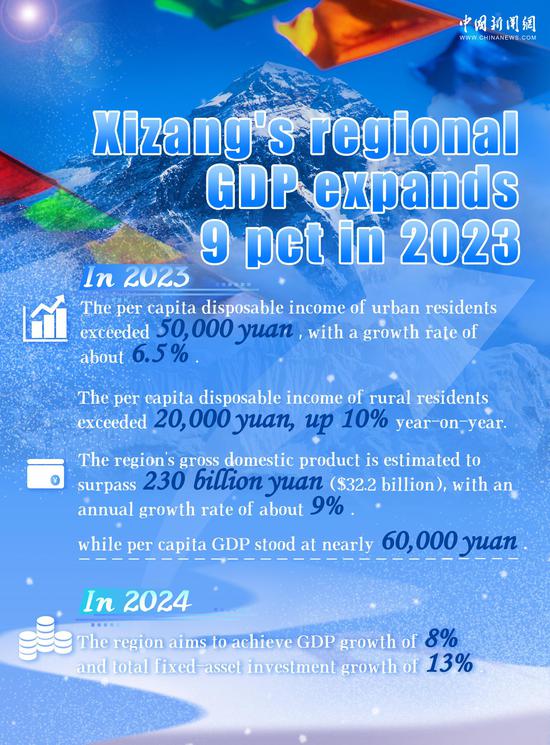Expert predicts only mild downward trend in figure over next 3 decades
The decline in China's population last year is likely to have exceeded the historic fall recorded in 2022, but the overall downward trend in the next three decades will be mild, a senior demographer said on Tuesday.
Yuan Xin, a professor at Nankai University's School of Economics and vice-president of the China Population Association, said the decline will be greater because of the lingering impact of the COVID-19 pandemic, the decreasing number of women of childbearing age, a low willingness to have babies and the growing trend of getting married and having babies at a later age.
He made the remarks during a forum held by the association ahead of the release of the 2023 population data on Wednesday.
China recorded the first decline in its population in about six decades in 2022.
Yuan said the years 2021 and 2022 marked a watershed in China's demography, with the total population of 1.41 billion recorded by the end of 2021 considered the peak.
"International experiences have shown that the initial stage of negative population growth is often accompanied by fluctuations of both rises and falls," he said.
This year, Yuan said, the population decline is forecast to be milder due to the waning effects of the COVID-19 pandemic and families' preference for having a baby during the Chinese zodiac Year of the Dragon.
"However, the downward trend in China's total population is bound to be long-term and become an inherent characteristic," he added.
One fundamental factor influencing demography is the fertility rate — the average number of children born to women of childbearing age. It fell below 1.1 in 2022, Yuan said.
He said the overall rate of decrease for China's population would be mild in the coming three decades, regardless of fertility rate levels. By 2050, China will have a population of around 1.2 to 1.4 billion, accounting for 14 to 18 percent of the world's population.
However, in the longer term, the decline could be dramatic and the lower the fertility rate, the steeper the fall in total population.
"It is vital that we take action and make interventions to address demographic problems that would surface in the future," he said.
China has stepped up supportive policies to encourage births in recent years, and in May 2021 it allowed all couples to have a third child.
Yang Fan, a researcher at the Population Development Studies Center at Renmin University of China, said during the forum that the central leadership and localities have explored and rolled out a variety of supportive measures covering marriage and childbearing, rearing and educating children, and housing families.
More efforts are needed to forcefully implement policies, expand coverage and enhance coordination across government departments, she added.


















































 京公網安備 11010202009201號
京公網安備 11010202009201號